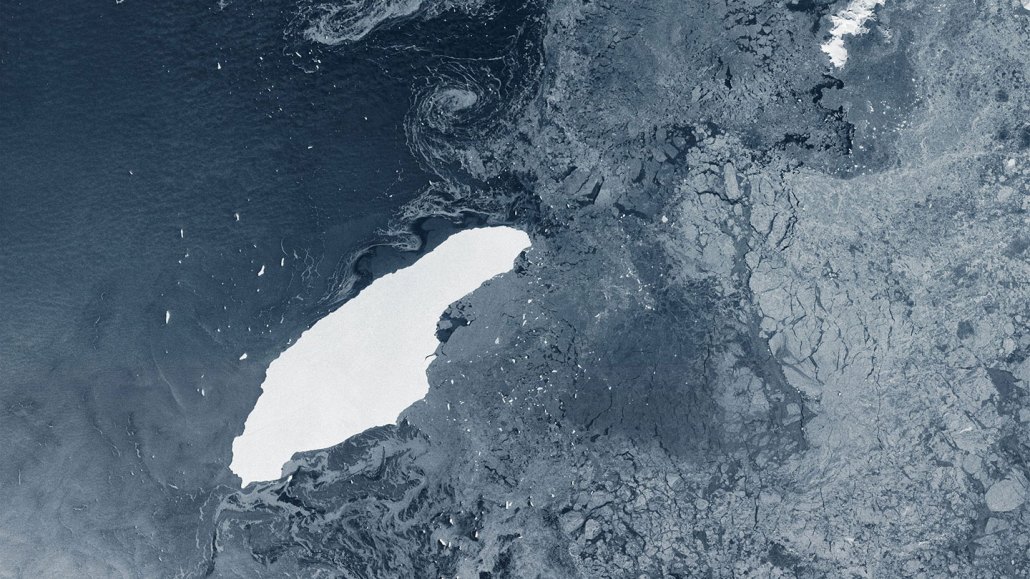
Iceberg A68a (shown in July 2020) was the largest remnant of a Delaware-sized chunk of ice that split off from Antarctica in 2017.
Copernicus Sentinel-1/ESA (CC BY-SA 3.0 IGO)

Iceberg A68a (shown in July 2020) was the largest remnant of a Delaware-sized chunk of ice that split off from Antarctica in 2017.
Copernicus Sentinel-1/ESA (CC BY-SA 3.0 IGO)